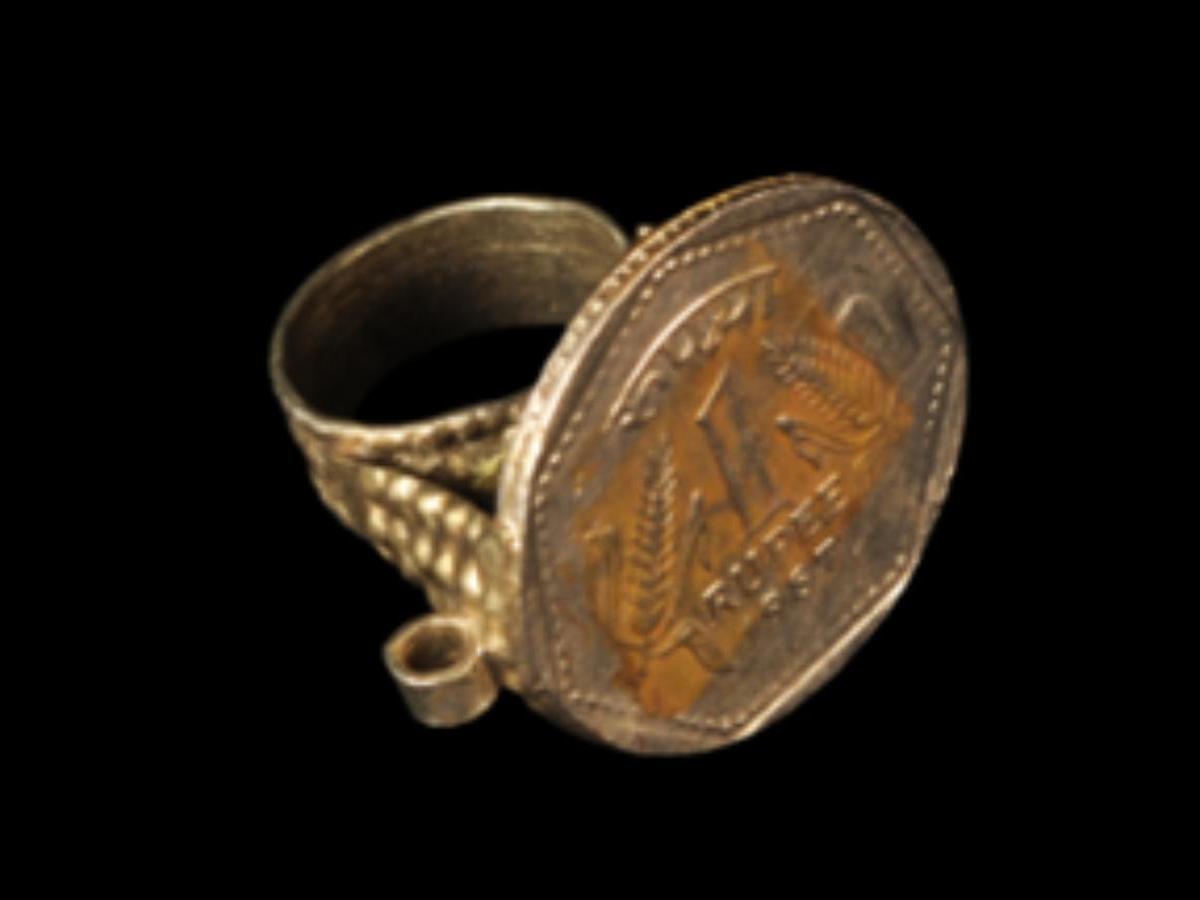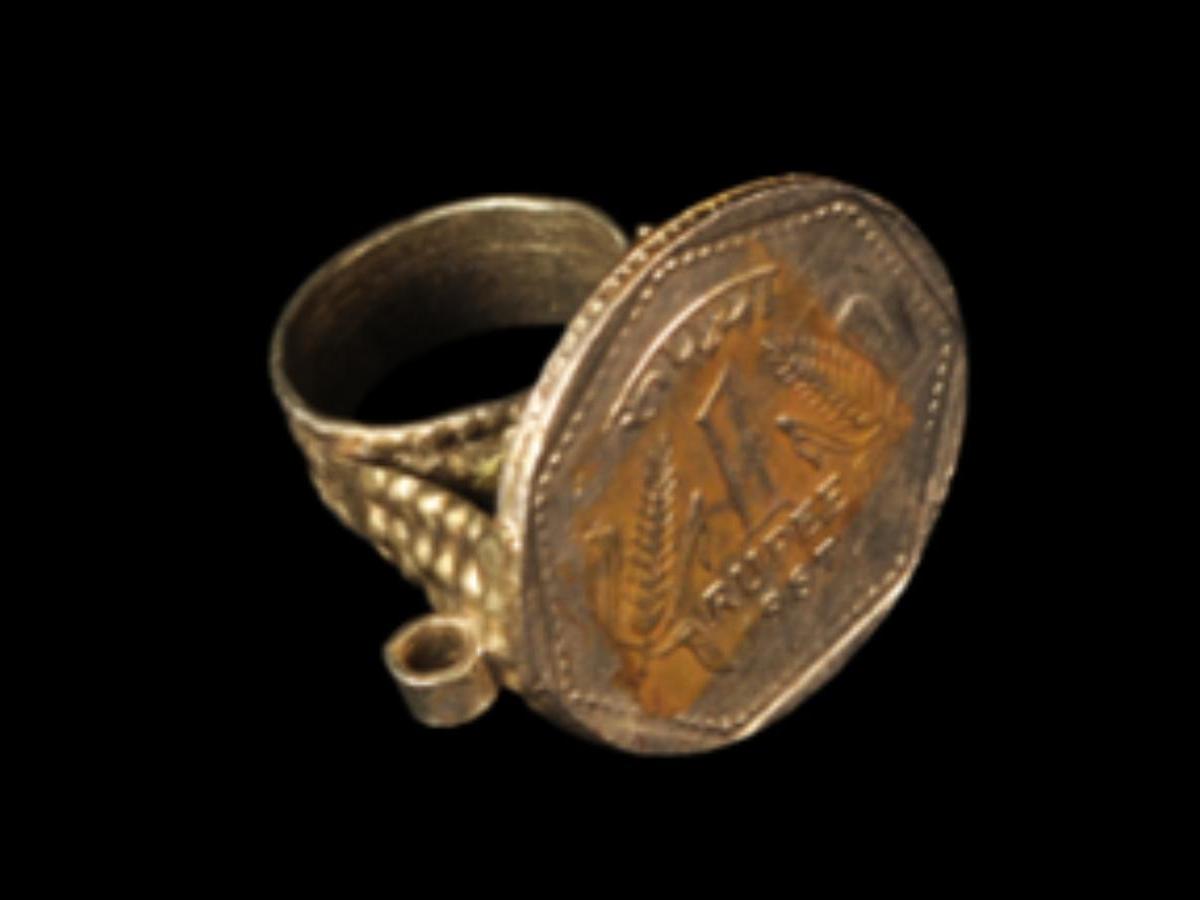State
Tribe Name
Art Type
short description
This traditional metallic ring is from the Santal tribe in the Odisha area, where the work of tribal artists remains relatively unaffected by modernity. One of the largest tribes of Eastern India, the Santals have oral traditions, folklore, and other creating avenues-perhaps symbolisms- as their strongholds. Traditionally, the integration of modern elements into an old design celebrates the glorious example of their material culture. A one-rupee coin is placed upright as the centerpiece on the ring top; that would be an almost modern touch. The two sides of the ring have fine dotted motifs flowing in one smooth line underneath the coin. The round tubular component in the center connects the coin to the ring's shank for added support and stability.
Thumbnail

Filter Postion
Left
Filter Background
Off
Theme
Filter Header Image

content
Image

description
This traditional metallic ring is from the Santal tribe in the Odisha area, where the work of tribal artists remains relatively unaffected by modernity. One of the largest tribes of Eastern India, the Santals have oral traditions, folklore, and other creating avenues-perhaps symbolisms- as their strongholds. Traditionally, the integration of modern elements into an old design celebrates the glorious example of their material culture. A one-rupee coin is placed upright as the centerpiece on the ring top; that would be an almost modern touch. The two sides of the ring have fine dotted motifs flowing in one smooth line underneath the coin. The round tubular component in the center connects the coin to the ring's shank for added support and stability.
Within Odisha's Santal community, ornaments of this type do not merely convey beauty but carry with them social, spiritual, and economic significance. The coin can represent a wish for wealth or the commemoration of a certain time. The dotted designs hold deep rhythmical associations for the tribe, which are tied to nature and ancestral identity. Now preserved in the Indian Museum in Kolkata, this artifact represents the dynamic vitality and adaptability of tribal artisanship in Odisha. It signifies not just a piece of jewellery but a story of cultural continuity in symbolic communication stretching down through the ages.
Within Odisha's Santal community, ornaments of this type do not merely convey beauty but carry with them social, spiritual, and economic significance. The coin can represent a wish for wealth or the commemoration of a certain time. The dotted designs hold deep rhythmical associations for the tribe, which are tied to nature and ancestral identity. Now preserved in the Indian Museum in Kolkata, this artifact represents the dynamic vitality and adaptability of tribal artisanship in Odisha. It signifies not just a piece of jewellery but a story of cultural continuity in symbolic communication stretching down through the ages.
Image Mode
landscape
promoted
On
Verified
Off
